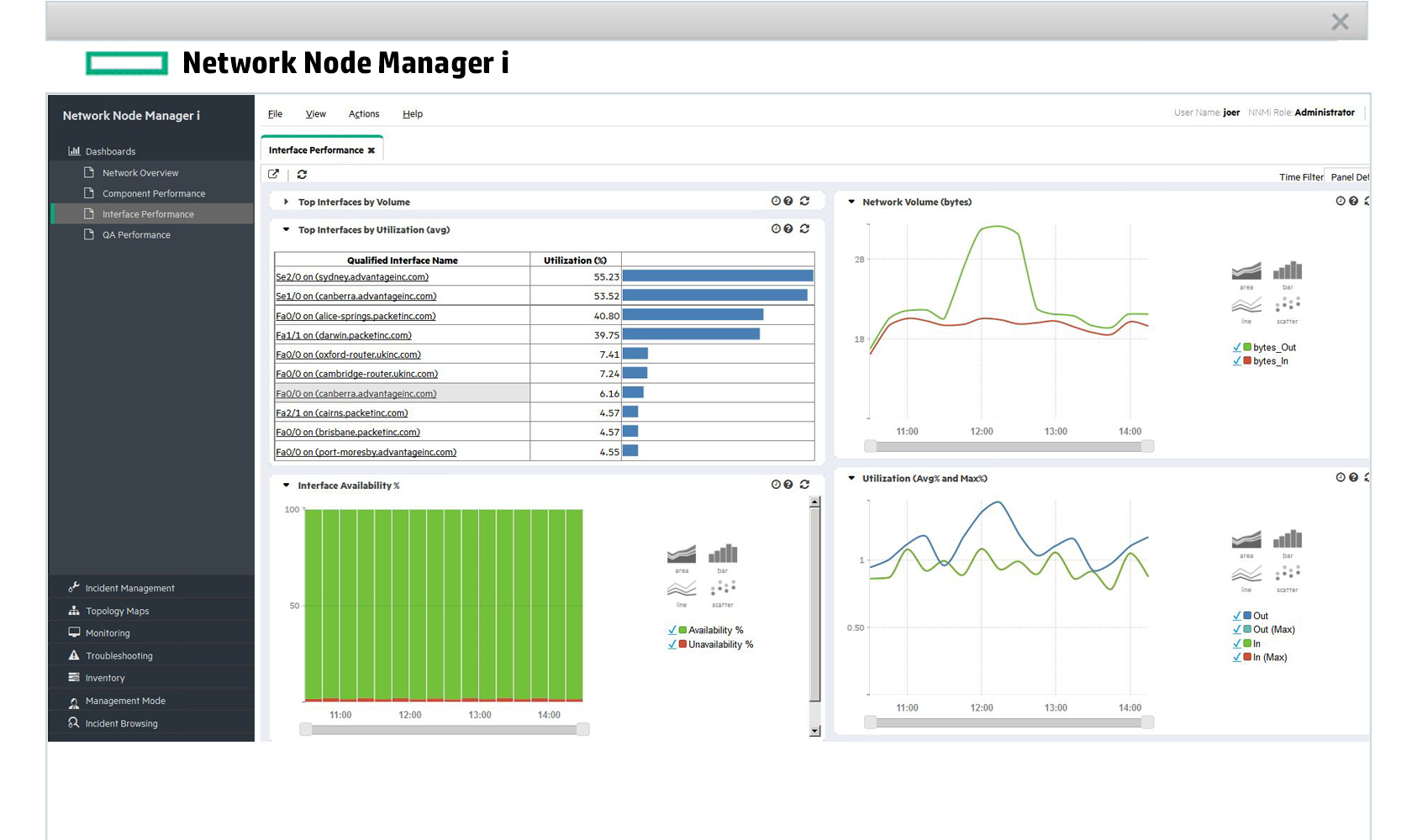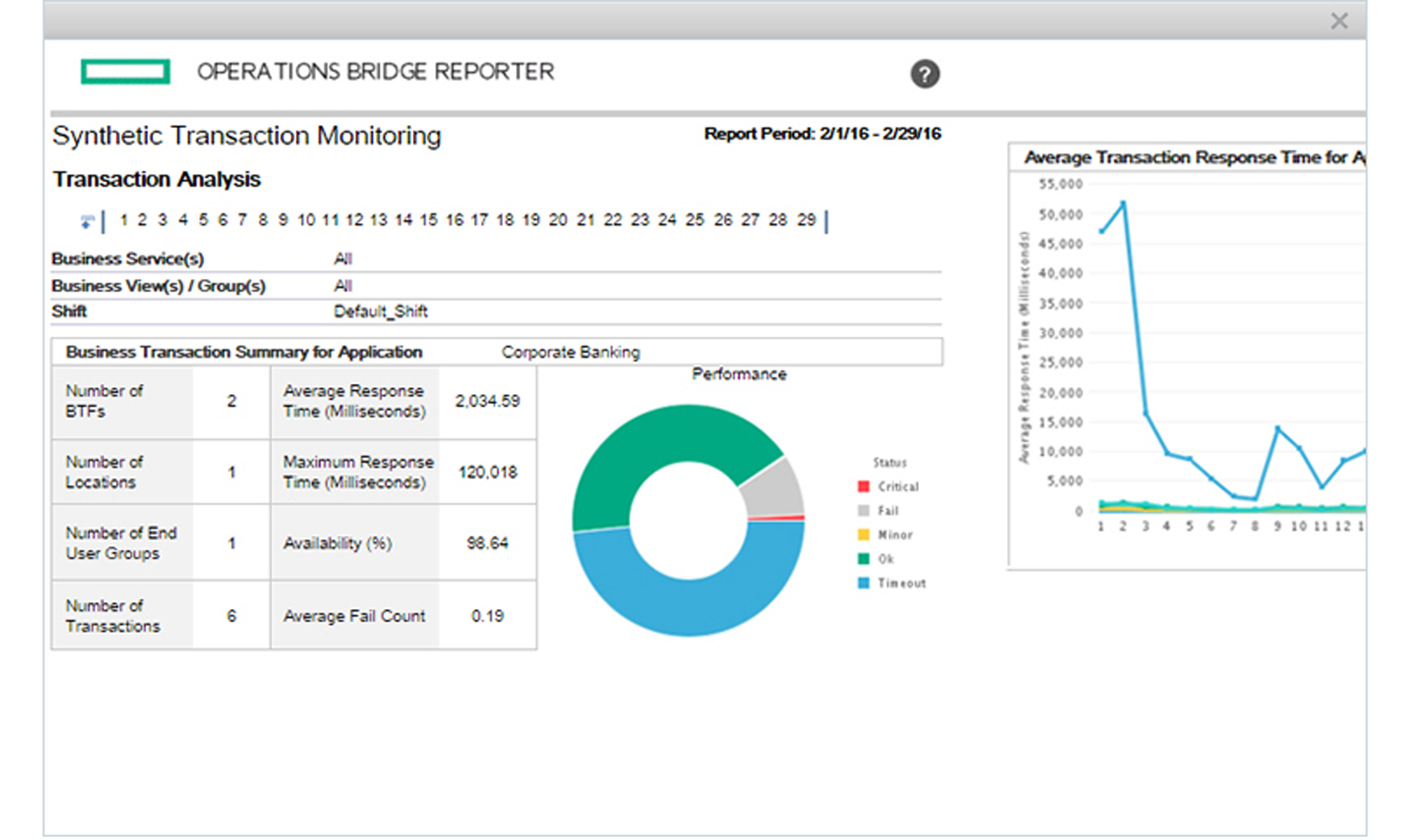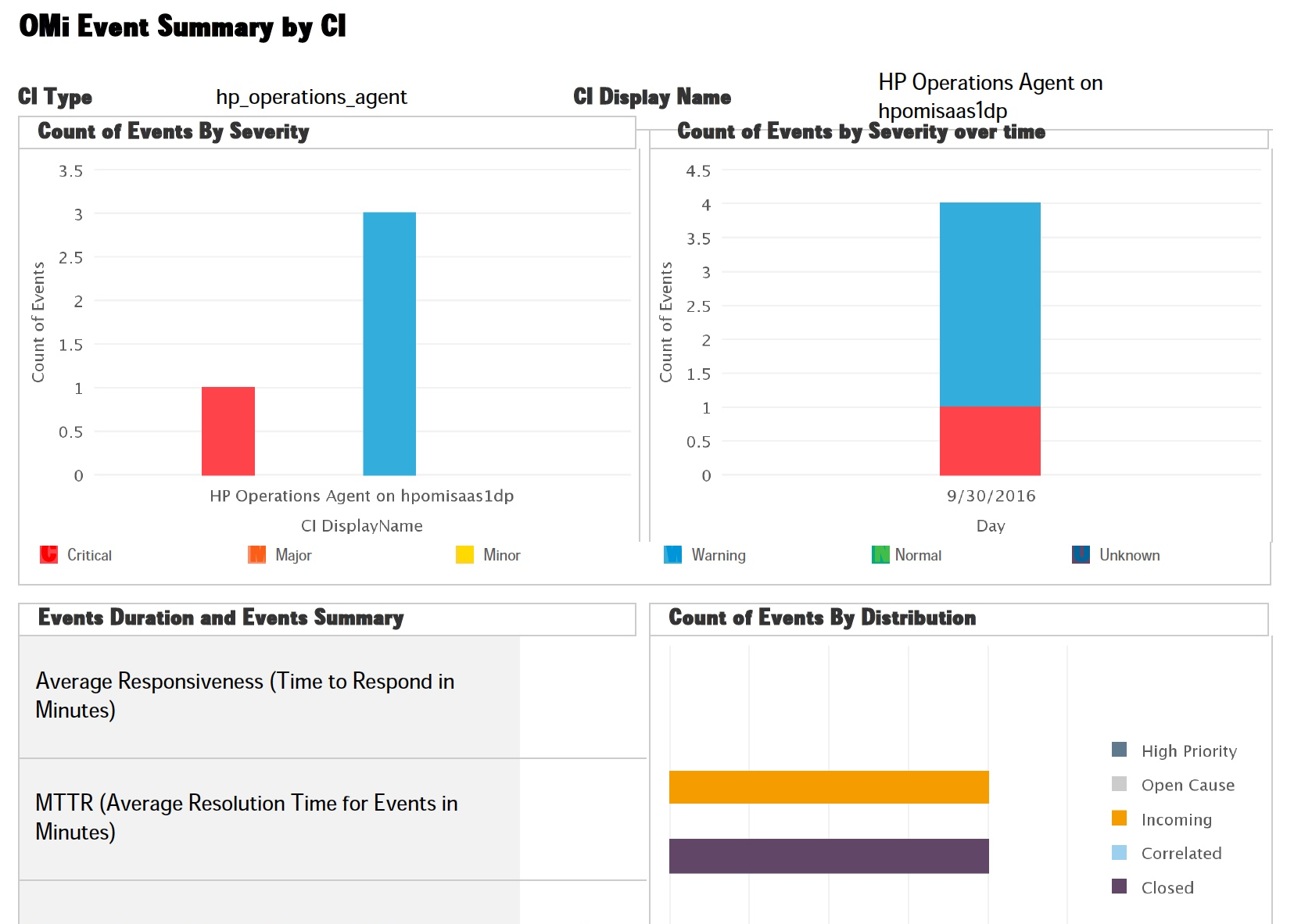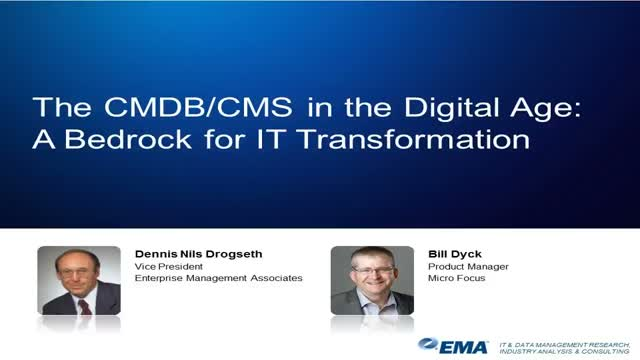
The HP Business Service Management (BSM) platform provides tools for managing the availability of applications in production, monitoring system performance, monitoring infrastructure performance, and proactively resolving problems when they arise.
The HP NNMi–HP BSM/UCMDB Topology integration populates NNMi topology into either the BSM Run-time Service Model (RTSM) or the UCMDB database. Each device and device component in the NNMi topology is stored as a configuration item (CI) in RTSM or UCMDB. BSM or UCMDB users and integrated applications can also see the relationships between NNMi managed layer 2 network devices and BSM-discovered or UCMDB-discovered servers, hosted applications, and more.
Additionally, the integration stores the identifier of populated CIs in the NNMi database. Uses for the CIs of the NNMi-managed devices include the following:
- NNMi components in the MyBSM portal.
- Path health views available from the BSM Real User Monitor (RUM).
- Using the agent implementation of the HP NNMi—HPOM integration, and pointing to a BSM Connector, results in an HP NNMi–HP BSM Operations Management integration that associates incidents regarding NNMi-managed devices with BSM CIs.
- The comprehensive relationships maintained by RTSM or UCMDB enable an NNMi operator to view the impact of a network access switch infrastructure failure on other supported devices and applications. The NNMi operator selects an incident or a node in NNMi and then enters a request for impacted CIs.
Full details are in this document http://support.openview.hp.com/selfsolve/document/KM00830093/binary/nnmi_integration_business_service_mgmt_10.00.pdf







